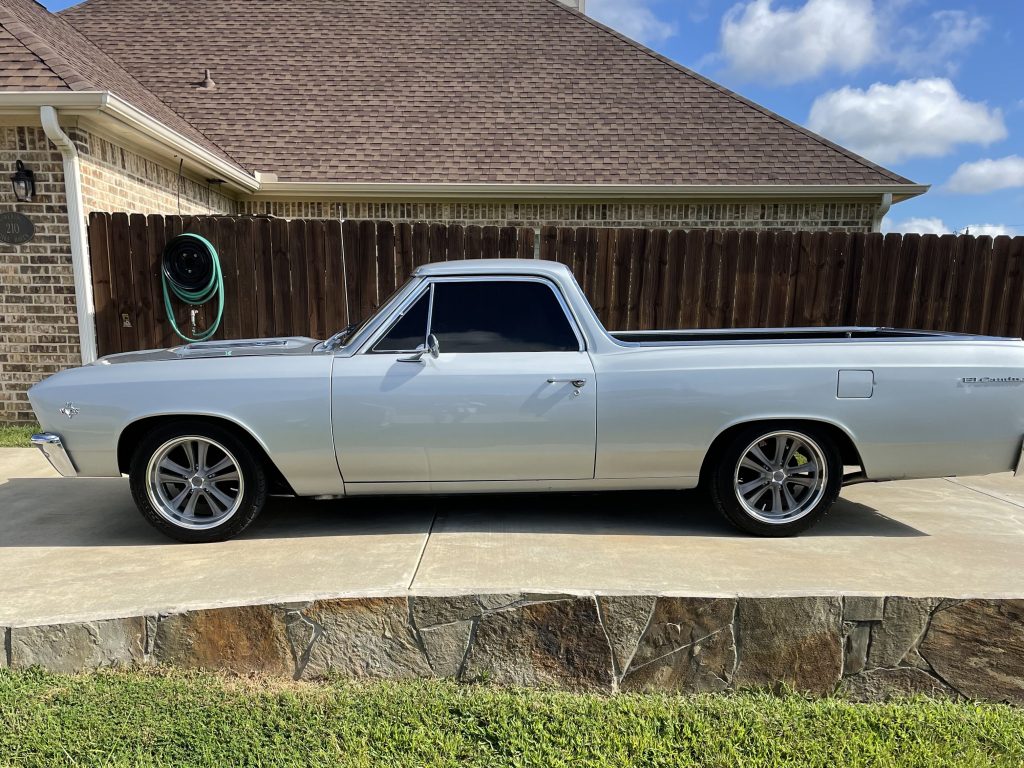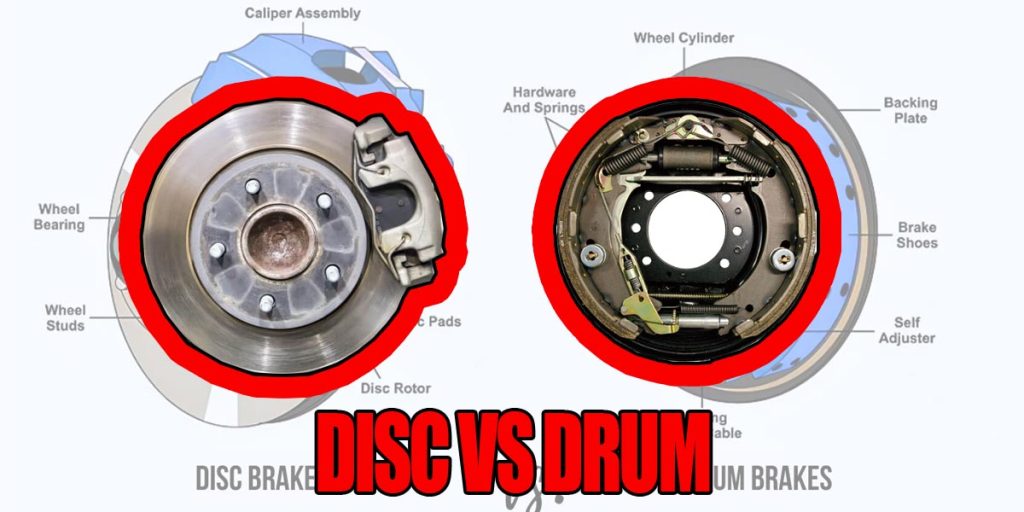Pros and Cons of Adding Air Conditioning
Most classic cars didn’t have air conditioning installed from the factory. A/C was an expensive upgrade and in the 1960’s it wasn’t the norm for cars to have it. Nowadays it’d be considered cruel and unusual punishment for a car to not have A/C. Especially for those of us who are in warmer climates. With summer right around the corner, now is the time to add air conditioning to your ride to keep you cool.
If you have a classic that doesn’t have air conditioning, what’s the better route: adding factory A/C or going aftermarket? Does one work better than another? What if your car does have factory air conditioning that doesn’t work – is it better to restore that or just ditch it for an aftermarket A/C set up?
Factory Air Conditioning
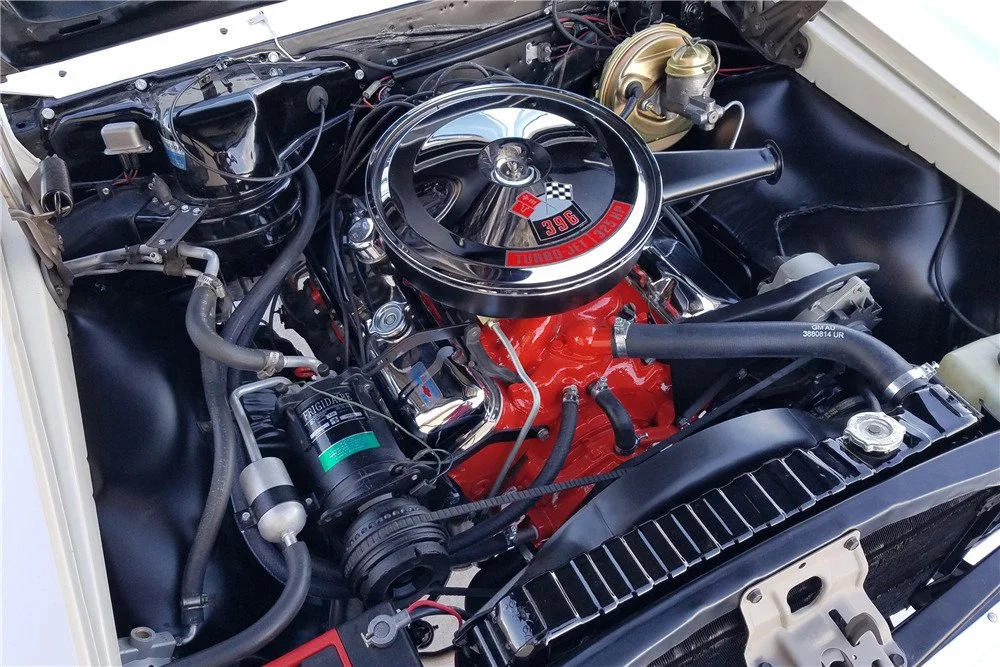
As we mentioned, factory installed air conditioning in a classic car is rare. Not something that’s never seen, but definitely more cars came without it, than with it. That makes sourcing original parts to add A/C to your ride a little bit difficult. There are some parts that are reproduced, but not everything is.
The other consideration is that the factory air conditioning systems are often large and bulky looking. Another thing is that these factory kits are designed around R12 refrigerant. While you can retrofit them to a modern R134A, they aren’t as efficient as a system designed around R134A. Unless you want that OEM appearance, aftermarket is usually the way to go.
Aftermarket Air Conditioning
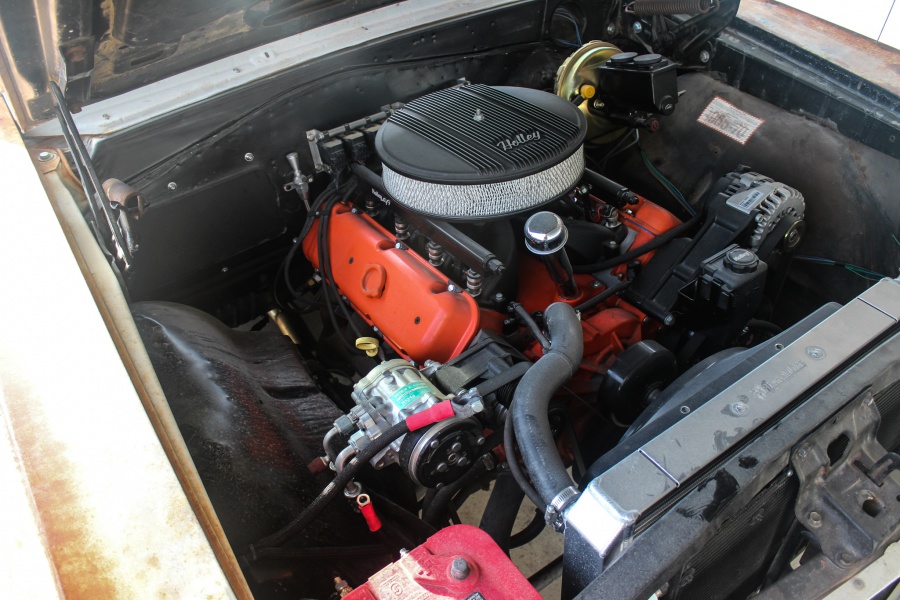
Companies such as Vintage Air have been producing retrofit A/C kits since 1976. They are constantly evolving to make the process even easier to swap over as well. They have kits for cars that came with factory air conditioning and for cars that came with just a heater. These new systems are also designed around R134A refrigerant and generally work much better than the old factory systems.
The downside is that they don’t look factory. For most, that’s not an issue. But for the few that want their car to look exactly as it did rolling off the assembly line, aftermarket A/C won’t do.

Adding Aftermarket A/C To Your Classic
Adding air conditioning to your classic Chevy is a surprisingly easy job to do. This is something the average weekend wrencher could accomplish in a weekend or two. There’s a few basic components that are required for every A/C system, whether it’s factory or aftermarket.
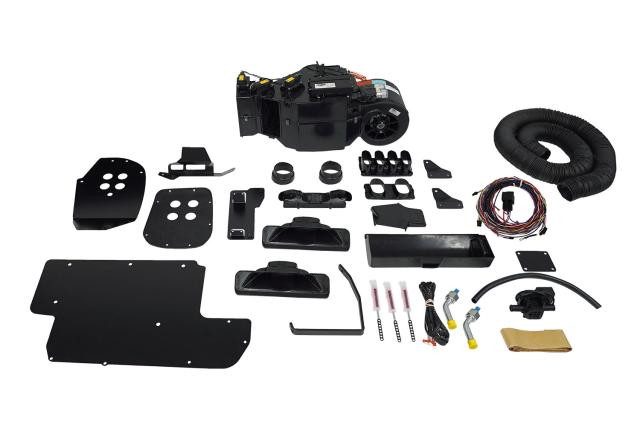
The required components for any A/C system are:
Condenser: This is the piece that goes in front of your radiator.
Compressor: This is the part that bolts to the engine and is driven by the crankshaft.
Drier: This piece removes moisture from the refrigerant and is placed in-line under the hood.
Evaporator: The evaporator is the piece that’s installed under the dash that contains the evaporator, heater core, blower motor, and other pieces.
Misc: There are other required components such as hoses for refrigerant, heater hoses, and other small items to make it all work.
The best method for installing aftermarket air conditioning is to buy a complete kit, such as the ones we have here from Vintage Air. These are kits designed around specific applications so all the guesswork is done. They will have the specific brackets to make it a bolt-in deal and the instructions to walk you through it step-by-step.
Air Conditioning Installation Overview
This installation overview is on a 1966 Chevelle; but the process will be similar to any application. Naturally the first real step is to remove any of the factory heater system under the dash. On this application it’s also much easier if you remove the passenger side inner fender well.
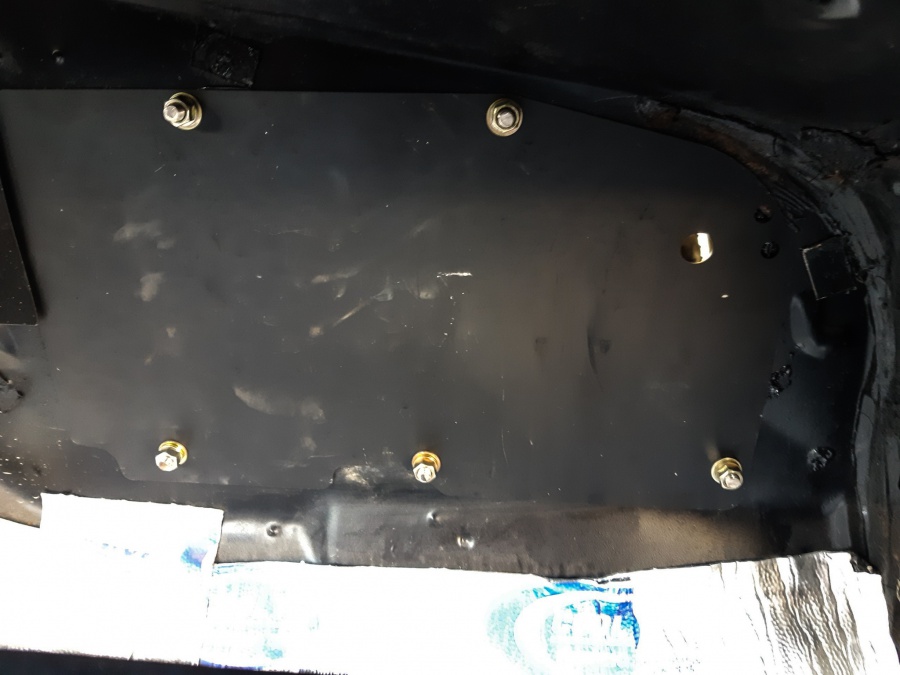
After removing the factory heater, you’ll have a large hole in the firewall. Use the supplied metal bracket to fill that hole. This bracket also has additional holes that mount the evaporator under the dash. On this kit you also remove the factory kick panel vent and the hoses will route through there and out the factory blower motor hole.
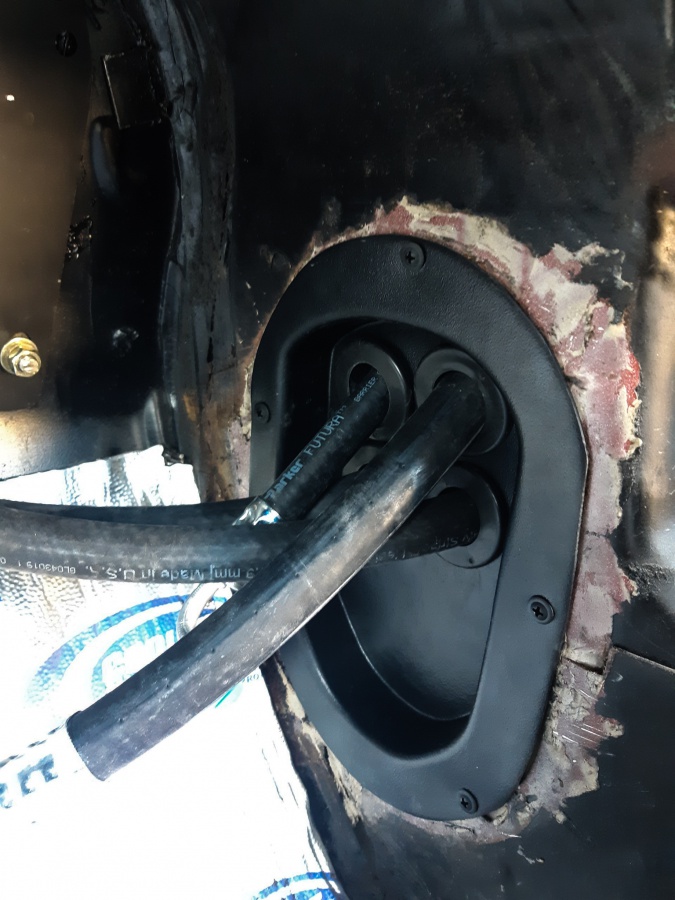
With the hoses pre-ran, we went ahead and mounted the evaporator under the dash. Then we hooked up the hoses and wiring for the unit. The unit has it’s own wiring harness to provide power and make everything work. One thing to consider is the controls. Vintage Air provides a kit to make the factory heater controls work the new unit. However some opt for a completely newer control from Vintage Air or companies like Dakota Digital.
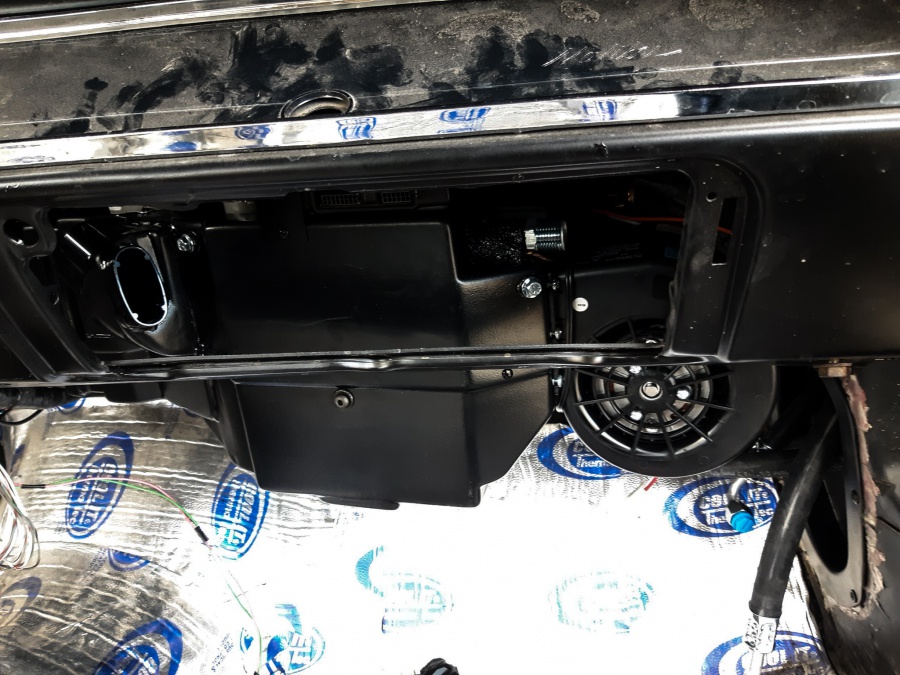
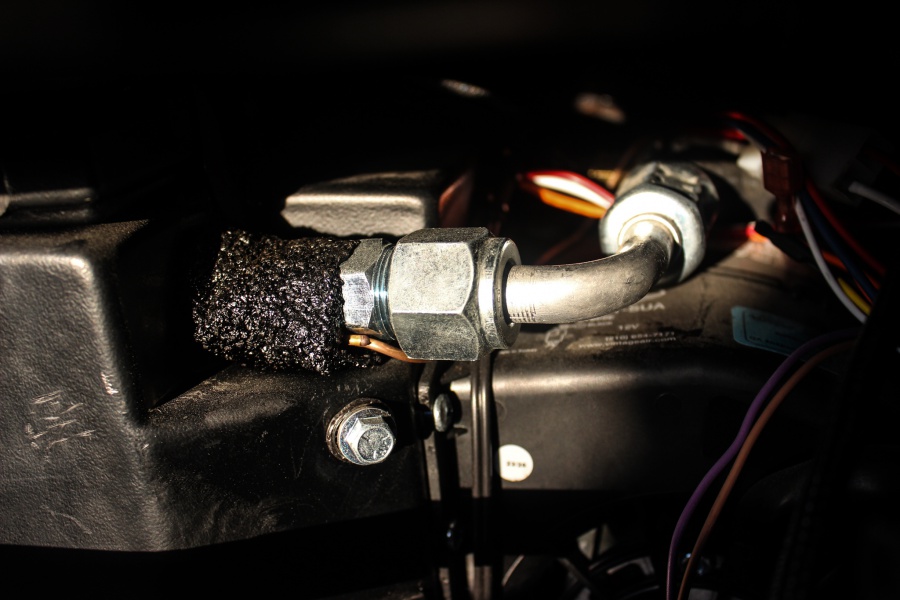
Under The Hood Air Conditioning Installation
Installing air conditioning under the hood requires a condenser. This is the thin radiator looking object that installs in front of the radiator. You want it close as possible to the radiator, but not touching. This piece only works when air is flowing through it. If it’s close to the radiator then when the cooling fan comes on it will pull air through it.
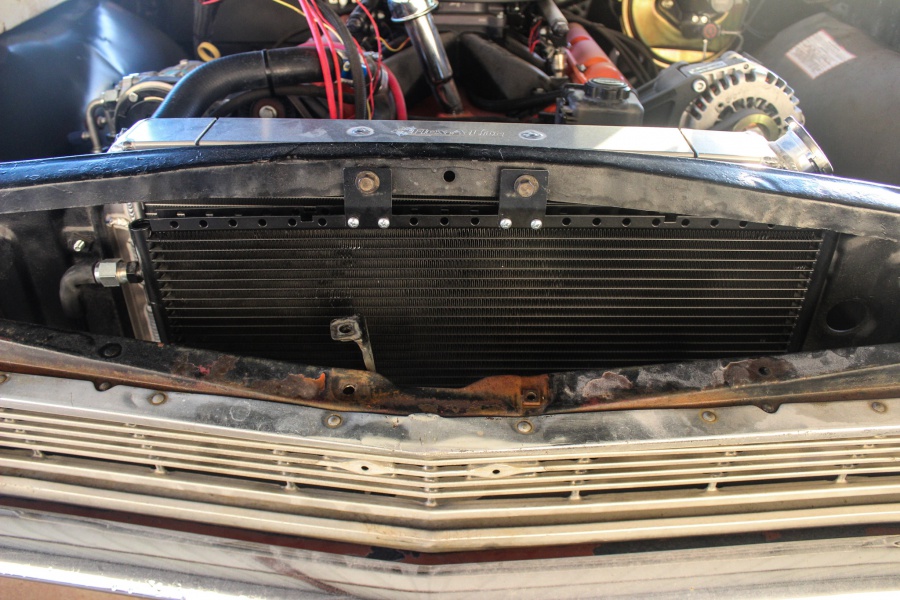
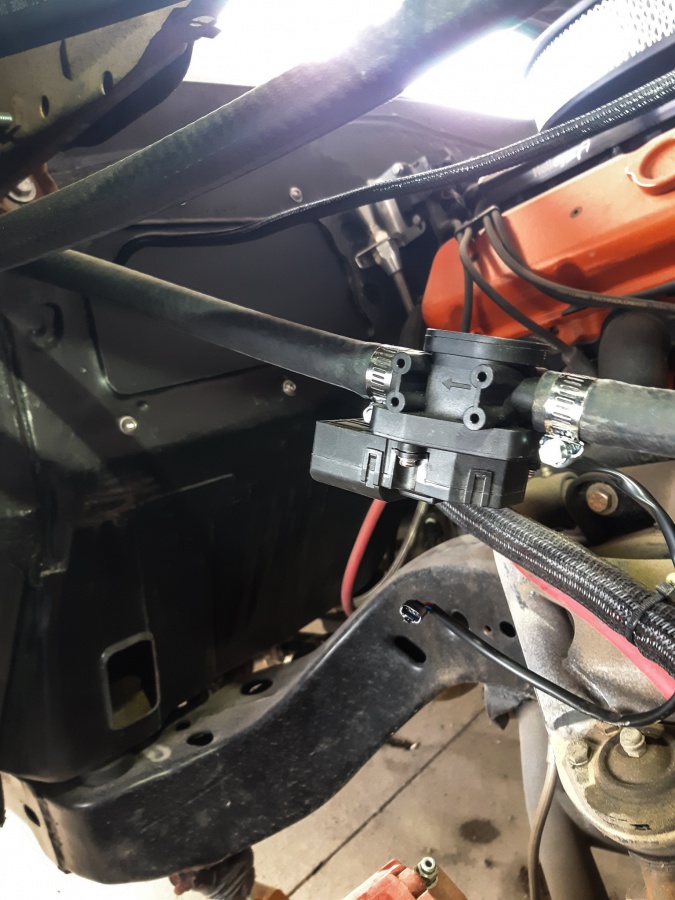
Another key component for the heater hoses is a shut off valve. This shuts the flow of hot water off to the heater core. If it’s not installed, then it will be like having your heater and A/C system on at the same time and they will fight each other.
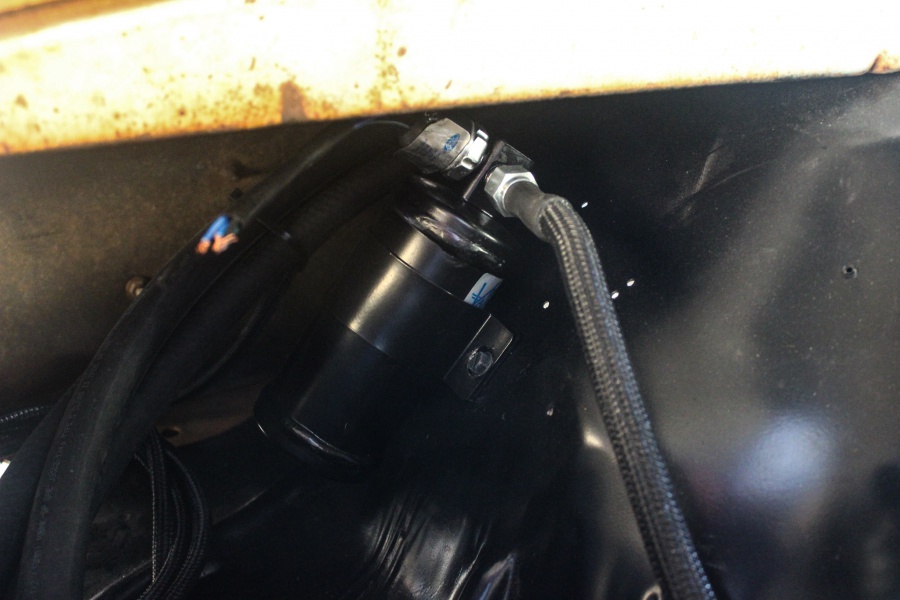
The drier is a canister looking object that we bolted to the inner fender. One important thing is to not hook the lines up to this until you’re ready to charge the system. From the factory it’s under vacuum.
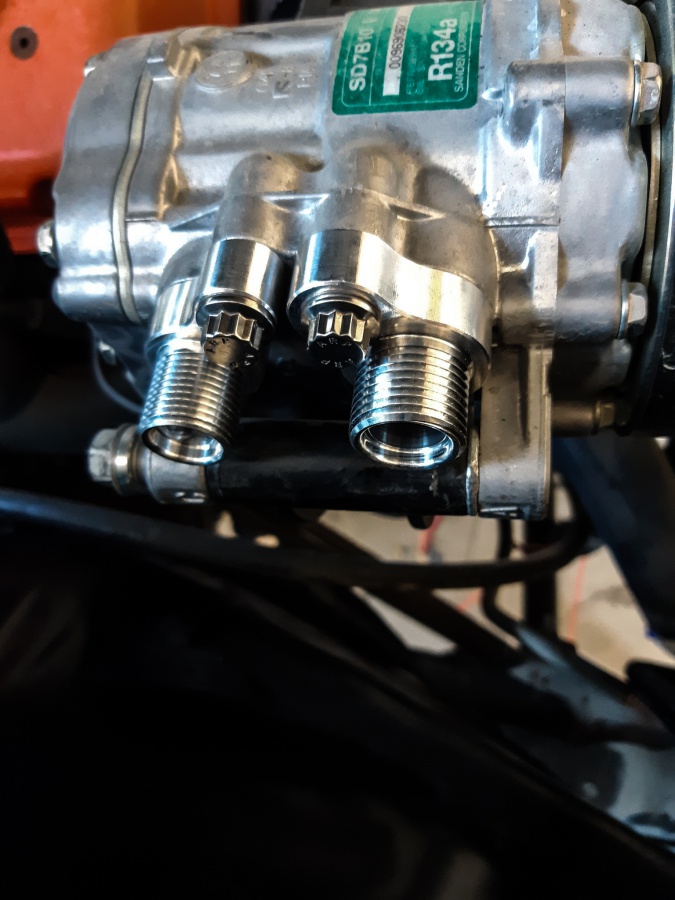
One of the last major components is to install the compressor. Your accessory drive may already have one, or you might have to add one to it. How and where this mounts on your engine is primarily up to you but remember to have enough belt wrap on the pulley or it will slip when engaged.
Again, this was a quick overview to show you what work is involved with installing an aftermarket A/C kit from Vintage Air. The exact process is covered in the instructions. If you need help choosing an A/C system, or need to pick up an A/C system, hop on over to SS396.com or give our friendly techs a call at (203) 235-1200!

